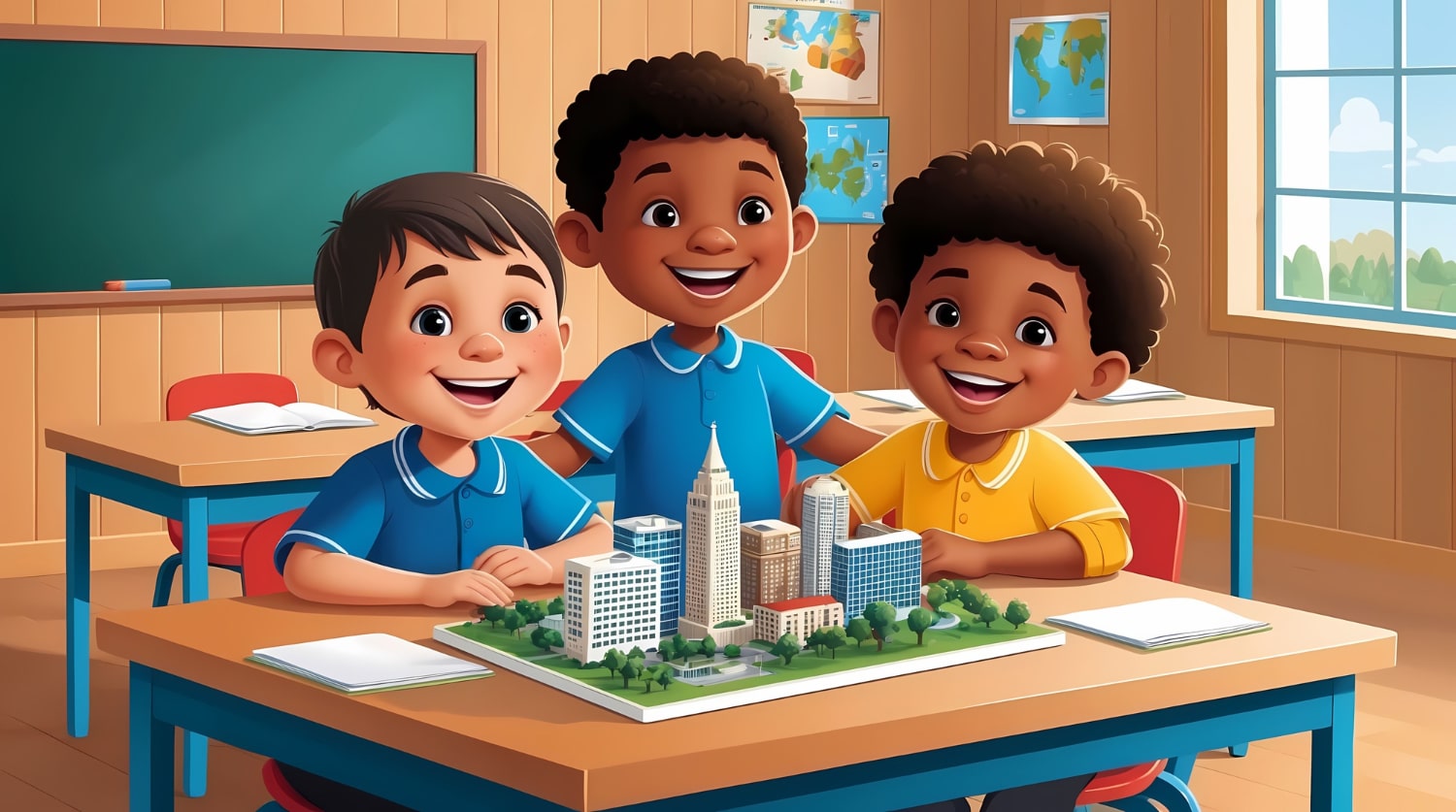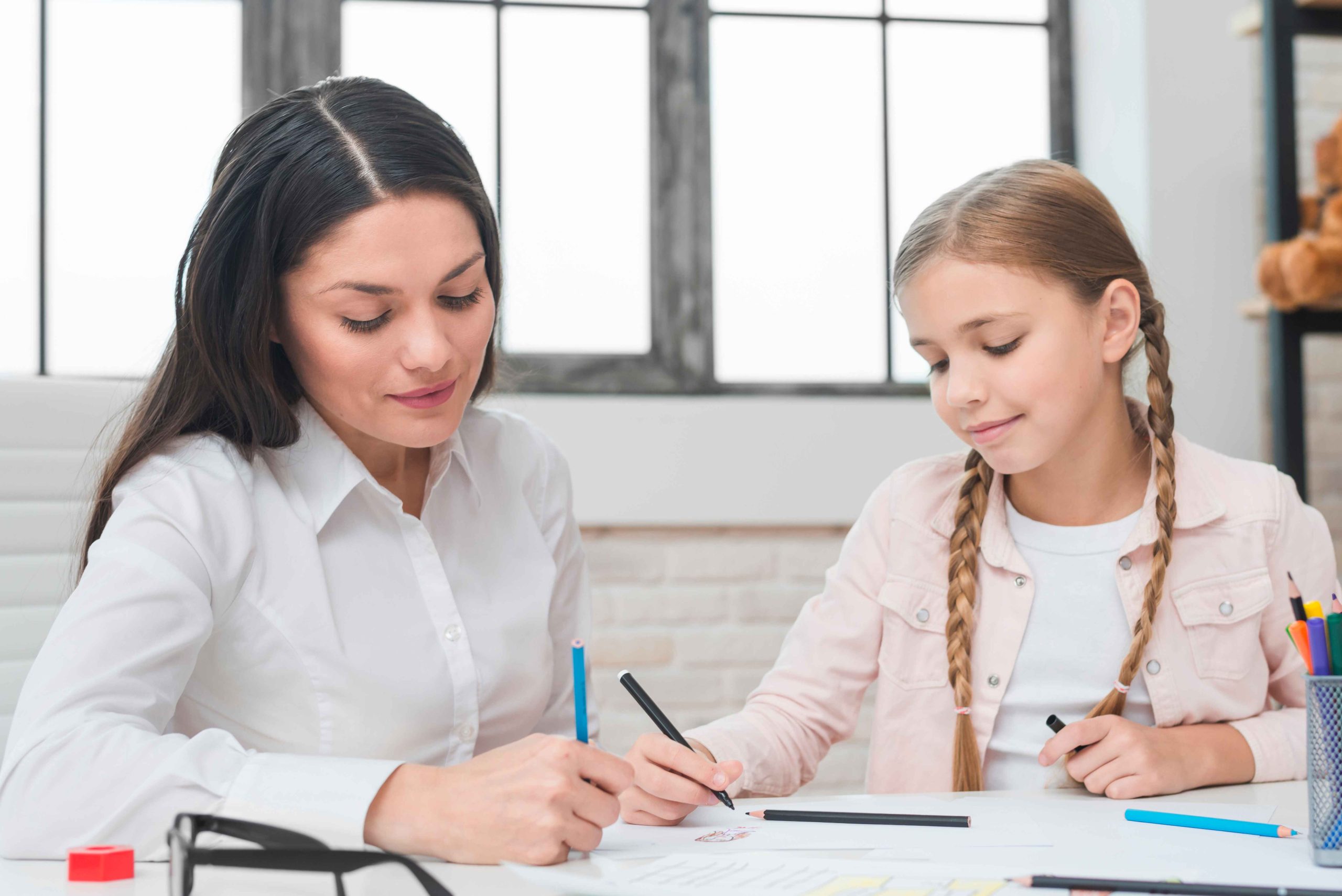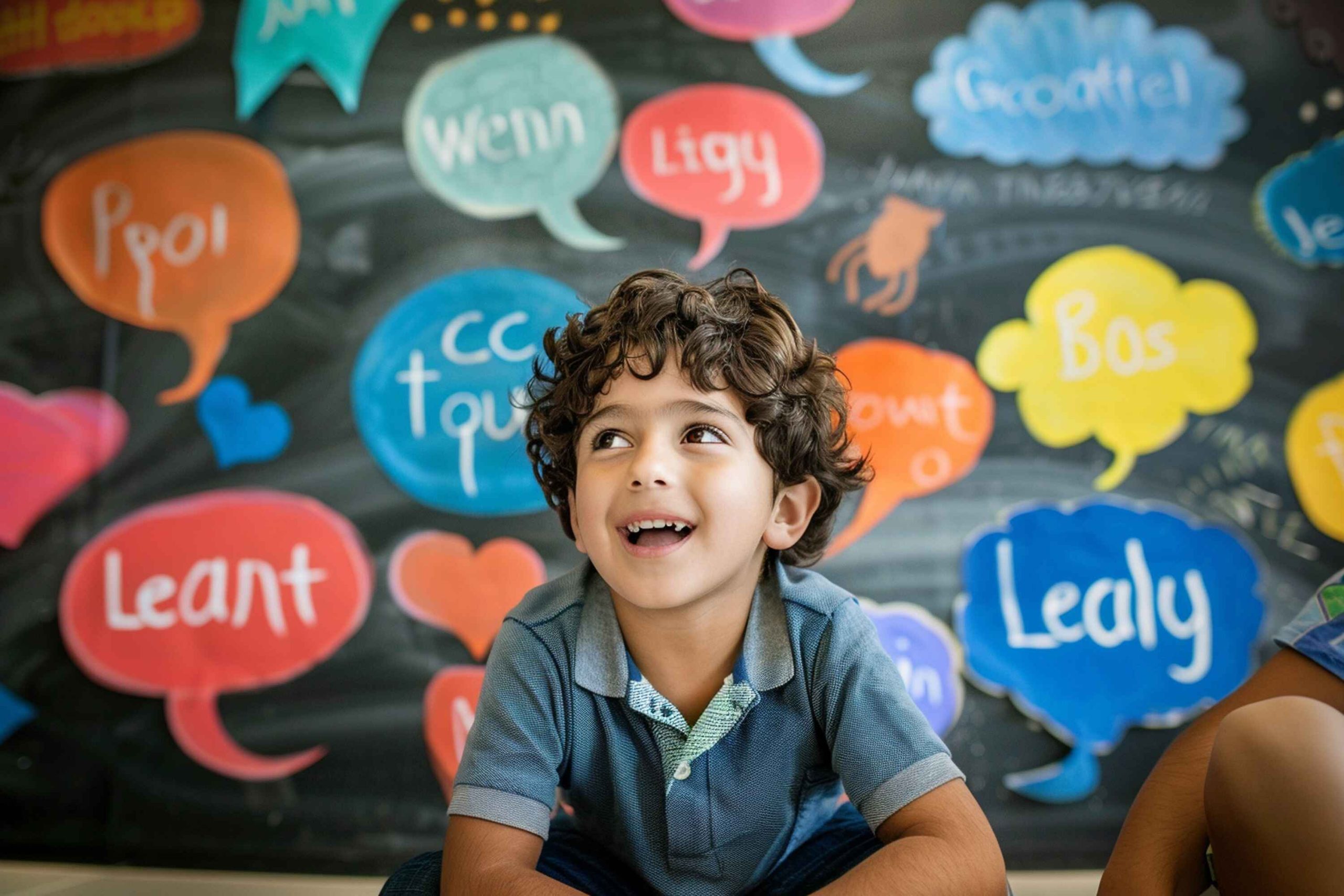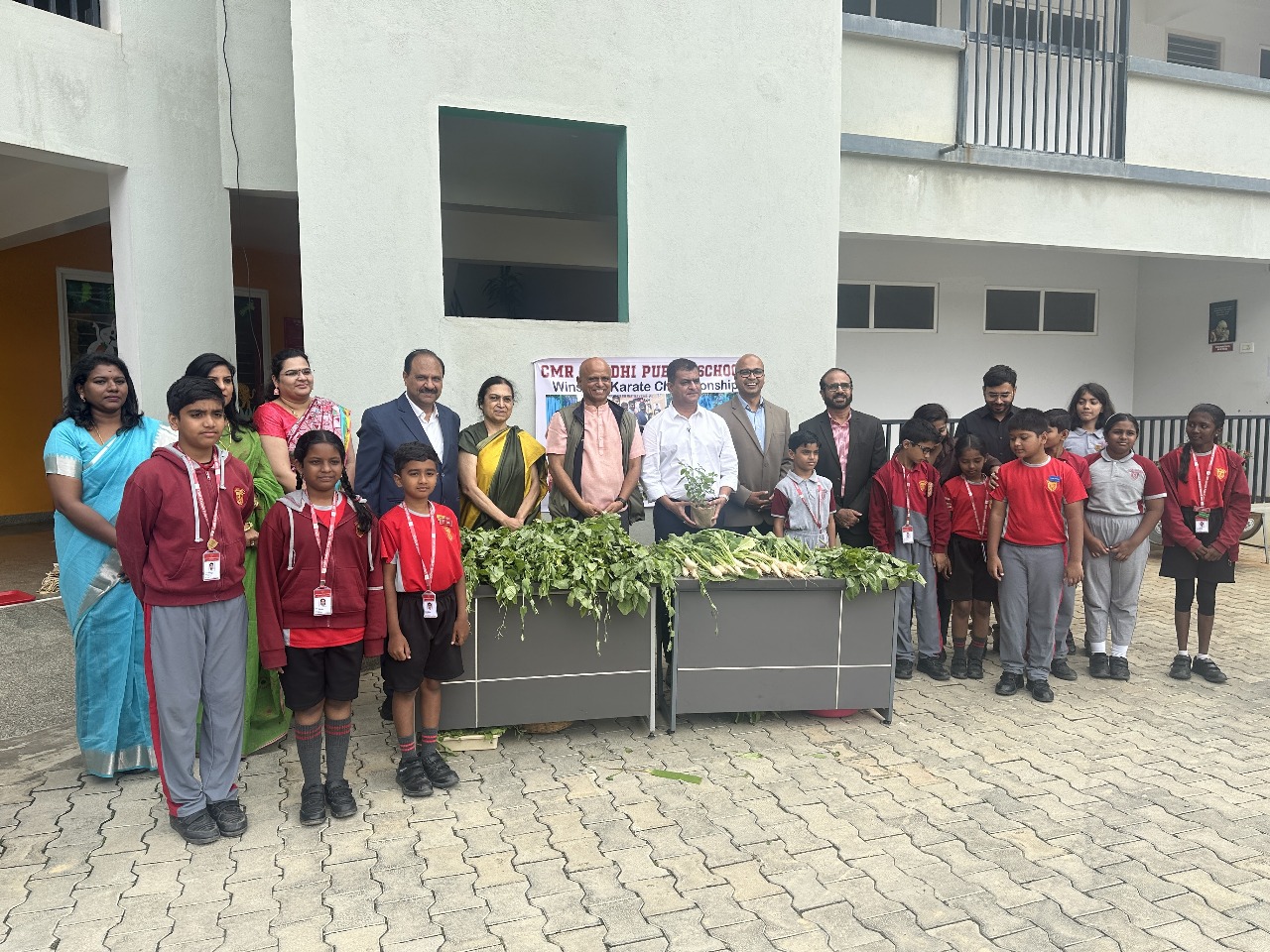A Big Step for a Little Learner
Starting primary school is a major change in your child’s life. For the first time, they step into a world of rules, structure, homework, and new social interactions. While kindergarten gives them a playful start, Class 1 marks the beginning of their formal learning journey.
For parents, this is both exciting and emotional. You may be wondering:
- “Is my child ready for formal school?”
- “Will they be able to sit in one place and follow instructions?”
- “How will they cope with a new environment?”
These concerns are valid. But with the right guidance, children make the transition beautifully. Let’s explore how you can support your little one as they move from kindergarten to primary school.
1.Understanding the Gap Between Kindergarten and Primary
Kindergarten is all about exploration. Kids learn through play, singing, dancing, storytelling, and hands-on activities. The atmosphere is relaxed, and there’s little pressure to perform.
But in primary school, especially in CBSE Class 1 the environment becomes more structured. Here’s what changes:
Academic Expectations:
- Children need to sit in one place for longer periods, usually 30 to 45 minutes per subject.
- Teachers begin to focus on reading, writing, math, and basic science or EVS.
- There’s more writing work like copying from the board, doing worksheets, and practicing letters and numbers.
Social Behavior Expectations:
- Classrooms are larger with 25 to 35 children.
- Children are expected to be independent and carry their own bags, manage toilet breaks, and follow a routine.
- They start interacting more with peers and forming social connections.
If your child is attending one of the good CBSE schools near HSR Layout like CMR Gandhi Public School , you’ll notice they begin to gently bridge this gap during the LKG and UKG years. Still, the Class 1 shift can feel big and preparation helps.
2.Signs Your Child Is Ready for Primary School
Every child develops at their own pace, but there are some common signs of readiness that show your child is prepared to step into Class
Emotional Readiness:
- Your child is comfortable separating from you without long crying spells.
- They show interest in books, numbers, and school stories.
- They are curious, ask questions, and enjoy new experiences.
- They understand basic rules and try to follow instructions (e.g., lining up, putting toys away).
Cognitive and Learning Readiness:
- Your child can focus on an activity for at least 10–15 minutes without getting distracted.
- They recognize letters, numbers, shapes, and can recall rhymes or stories.
- They try to write letters or draw, even if imperfect.
- They can express their needs clearly (e.g., “I want water” or “I need to go to the toilet”).
These are strong indicators that your child is ready for formal school.
3.Steps Parents Can Take to Ease the Transition
If you’re wondering how to prepare your child for primary school, you can start with small, consistent efforts at home.
Talk Positively About School
- Speak with excitement: “You’ll make new friends!” or “You’ll learn so many fun things!”
- Visit the school together. Show them the building, classroom, playground.
- Watch videos or read picture books about school to help them imagine what’s coming.
Build a Routine Early
- About 2–3 weeks before school starts, start a school-time schedule.
- Set consistent sleep and wake times, have breakfast together, and practice getting ready.
- Pack a small tiffin box together to practice lunchtime.
Read Together Every Day
- Choose books about the first day of school or being brave in new situations.
- Discuss what’s happening in the story and how the character feels.
Encourage Independence
- Teach your child to open their water bottle, zip their bag, and eat without help.
- Practice wearing shoes, using the toilet, and packing their bag.
Arrange Playdates with Future Classmates
- If you know children joining the same school, set up play sessions.
- Familiar faces on Day 1 can reduce anxiety and increase confidence.
4.Role of Schools in Supporting the Transition
The best CBSE schools in HSR layout like CMR Gandhi Public School understand how important this phase is for both children and parents. Here’s how schools support your child during this transition:
Orientation Programs
Before school begins, schools invite parents and kids for a short visit. They explain the routine, introduce the teacher, and let the child see their classroom.
Buddy Systems
Some schools assign a “buddy”—a senior student or classmate , who helps your child settle in, find their place, and feel welcomed.
Open Communication
Teachers often send regular updates, observations, and progress notes. You’ll be informed about your child’s adjustment and development.
Child-Centric Curriculum
A good CBSE school in HSR like CMR Gandhi Public School will slowly increase academic expectations in the first few months, allowing your child to ease in instead of jumping into formal learning too fast.
5.Mistakes to Avoid During the Transition
While you prepare your child, it’s easy to get anxious and try to do too much. Here are a few common mistakes to avoid:
Don’t Rush the Process
Every child is different. Some may settle in 3 days, others may take 3 weeks. That’s okay. Avoid panicking or pushing them to “act like a big kid” immediately.
Avoid Overloading with Classes
You might feel tempted to join phonics, handwriting, or tuition classes right away. In the beginning, keep it light. Let your child adjust to school hours first.
Stop Comparing
Every child has a unique learning pace. Instead of saying “Look at your cousin,” celebrate your child’s small wins—like carrying their own bag or making a new friend.
Conclusion: Be Patient, Be Proud
Transitioning from kindergarten to primary is a big emotional and developmental change. As a parent, your love, encouragement, and confidence will make all the difference.
Whether your child is joining a CBSE school in HSR or anywhere else, focus on building routines, emotional strength, and curiosity.
Remember:
“Children don’t need to be perfect to be ready—they need to be supported.”
Trust the process. Celebrate the small moments. And walk this journey together.
FAQs
1. What’s the ideal age to move from kindergarten to primary?
Most CBSE schools expect children to be between 5.5 and 6.5 years for Class 1. However, some flexibility is allowed based on the child's maturity and school policies.
2. How can I tell if my child is emotionally ready for Class 1?
Your child may be ready if they show curiosity, can separate without long crying spells, and understand basic rules. They should be able to communicate their needs and follow instructions.
3. What are the CBSE Class 1 expectations for kids?
CBSE class 1 expectations for kids include basic reading and writing, simple math (addition/subtraction), and the ability to follow classroom behavior like sitting still, listening to the teacher, and working in groups.
4. How do the best CBSE schools in HSR layout support Class 1 students?
The best CBSE schools in HSR layout offer orientation programs, activity-based learning, personal attention, and emotional support to help students adjust to school life without pressure.
5. Can I prepare my child at home if they didn’t attend a formal kindergarten ?
Yes! You can use simple daily routines, storytelling, games, and social exposure to teach basic concepts and emotional readiness. Many kindergarten to class 1 transition tips focus on home-based learning and interaction.










